Astral Chain on Nintendo Switch
I’ve played every PlatinumGames title there is out there, so I went into Astral Chain already expecting some quality action. It’s not every day that a game completely blows away my expectations, and makes it immediately clear that it’s something special.
Astral Chain takes place in a post-apocalyptic world where gates to another dimension called the Astral Plane have corrupted the world and turned people into aberrations.
Humanity has moved to a technologically advanced city called The Ark, where you serve as a police officer keeping the peace and protecting humanity from the otherworldly threat.
You can choose to play as either a male or female character, with the one you don’t choose playing the other major character in the game, your brother or sister Akira.
You and your twin brother or sister join the Neuron Task Force, an elite group combating the Chimeras that come through the Astral Plane gates.
First things first, there aren’t enough good things I can say about Astral Chain’s visual style and aesthetic. The cel-shaded style works wonders, and Astral Chain looks like an anime that you can play.
Fantastic cutscene direction helps keep the story surging onward, and combat is incredibly flashy and fun.
Combat, of course, is what most people will care about in Astral Chain, and it’s a revolutionary character action system that puts a fascinating spin on things.
After playing through the short opening prologue, Astral Chain introduces you to its main concept, the Legion. In combat you’re essentially controlling two characters at once.
The Legion are Chimeras from the Astral Plane that you’ve bent to your will using the Astral Chain and Legatus technology. They serve as the second half of your combat options and controls, with the first half, of course, being you.
Your main character has a weapon called the X-Baton that can transform into three different modes; the regular baton used for quick combos, a gun used for long-range attacks, and a Gladius sword for high-damage slow combos.
There’s no blocking, so instead dodging is a major part of combat, just like in NieR: Automata. Now things get more complex when you layer in the Legion.

You can summon your Legion by pressing ZL, and holding down the button will let you move the Legion around. While doing this, you can still have your own character move, dodge, and attack.
You can summon the Legion at any time, and dismiss it at any time, and you’ll need to manage its Energy Gauge while the Legion is fighting. This gauge, generally, doesn’t deplete very fast, but as you use the Legion it’ll go down, and once empty it’ll need to recharge restricting you from using the Legion until it does.
The Legion will attack on its own, but you’ll need to influence its location and target on the battlefield. Tapping the ZL button will instantly summon the Legion back to your side, and then when it’s at your side tapping it again will fling the Legion toward the enemy you’re focusing on.
Each Legion has two abilities it can equip and use in combat, as well as a special move mapped to the left bumper. For example, the Sword Legion goes into a slicing mode that’s one-for-one the slicing mode from Metal Gear Rising, while the Beast Legion lets you hop on its back and run around at high speed.
Each of the five Legions in the game function totally differently, and you constantly want to swap between them during combat.
Of course, part of the deal here is that you’re connected to the Legion with the Astral Chain, and you can even use the chain in combat to do things. Control the Legion and have it run a ring around an enemy and you’ll bind them momentarily.

Make a charging enemy run into your chain and you’ll fling them backward stunning them. Certain abilities can even affect the chain, like inducing it with electricity so any enemy that hits it is damaged.
Astral Chain gives you so many options in combat, and oftentimes many of the enemies need to be taken out by specific Legions. Barriers can only be destroyed by the Arm Legion, while the Sword or Arrow Legion need to be used to destroy specific enemies that grant barriers to others.
Astral Chain’s combat has the same quickness and intensity as NieR: Automata which makes sense as the game’s director, Takahisa Taura, was the lead game designer on the former.
Luckily, Astral Chain also provides a wealth of difficulty options that can appeal to both longtime action players and complete newcomers. Labeled as “playstyle,” your start out with Casual and Pt Standard.
Casual makes combat easier, and gives you multiple chances to revive if you’re killed. Meanwhile, Pt Standard is more of the usual action experience only giving you two chances to revive.
To push both directions even farther you have Unchained mode, which has the game automatically taking care of combat so you can sit back and enjoy the experience, while beating each file unlocks Pt Ultimate, significantly bumping up the difficulty and giving you zero revives.
Platinum is well known for intense and difficult action, and it’s really nice to see Astral Chain appeal so strongly to both sides of the skill spectrum.

Across the entire experience Astral Chain is throwing new enemy types and new wrinkles at you, keeping you on your toes. Admittedly, Astral Chain’s combat is a bit hard to explain through just text, but it’s honestly one of the best character action systems I’ve ever experienced.
Everything just flows so well, and the Legion as a second kind of character feels incredibly refreshing.
Each Legion levels up independently by using Gene Code, experience you gain by beating Chimera enemies. This allows you to power up their stats, learn new abilities, new Sync Attacks (combos), and more.
You can also upgrade your weapons and Legatus, the device used to summon the Legion, increasing the energy gauge for the Legion, the rate it refills, etc.

While combat is Astral Chain’s bread and butter, there’s so much more to the game than that. It’s a surprisingly lengthy experience, clocking in around 20 hours, and luckily the stuff outside of combat is, generally, just as engaging.
Most of the game’s chapters, called Files, start out with you in Neuron HQ, the taskforce you join, and you have time to explore, talk to various characters, and prepare your equipment.
Astral Chain goes to great lengths to build its world and characters, and while it doesn’t reach the same heights as NieR, the main story is surprisingly engaging. Part of that is due to some great pacing.
Each File is mostly linear, but provides you with a wealth of optional missions and items to find.
There are also investigation sequences sprinkled throughout the game, allowing you to flex your skills as a police officer to investigate crime scenes.
These sequences have you finding evidence and talking to witnesses, compiling a bank of keywords. At the end you’ll need to piece things together using those keywords.
The investigations are never super complex, but they are a fun change in pace that help set the overall tone of you playing as a futuristic officer.
As a member of the Neuron Task Force you have access to a software called IRIS, mapped to the plus button. This brings up a kind of “detective vision” that lets you see info on NPCs, display camera footage in real-time, and view a ton of other information, even enemy weaknesses.
Much of Astral Chain has you jumping into the ethereal Astral Plane, and exploring it while fighting off Chimera. These sections are where the game shakes things up the most.
Most of the time you explore the Astral Plane you’ll be presented with light platforming elements, or puzzles to solve. Even some boss battles feature light platforming, as you can instantly jump to your Legion while controlling them.

The Astral Plane sequences always function as a nice counter to the time you spend in the real world, both because of its gameplay variation and visual differences.
Side missions are split into two different types, red missions that provide a little more story context or are more involved, and blue missions that generally function as quick and easy side content.
These missions try and shake things up a bit with different tasks, like having to balance while you carry boxes, or tailing a suspect to a location.
A lot of this content is themed around doing your civic duty as a protector of the peace. You know, like finding lost cats. Hilariously, you can even pick up aluminum cans and recycle them in receptacles for extra points.
Apart from missions, there’s a number of collectibles to find scattered across the entire game, adding a little more of that weird PlatinumGames flair.
At the Neuron HQ if you head to the bathroom you can talk to a “Toilet Fairy,” yes really. By finding a bathroom in each file you can collect a different kind of toilet paper to give to them, which then nets you rewards.
Similarly, you can save a cat in every single File, then adopting them into an adorable cat safe house that you own.

In addition to all that, there are extra pieces of equipment and costumes that you unlock, a robust photo mode to use, and extra super challenging combat missions you unlock after beating the game.
There are honestly very few complaints I cand lodge against Astral Chain, although there are some moments that can drag in the story and a couple of questionable stealth sequences.
The game also includes co-op that sadly just feels a bit clunky, with one player controlling the main character and one controlling the Legion. Of course, co-op is far from the focus here.
Still, just a few hours in Astral Chain was one of those games that made a huge impression. It’s just so unique and unlike any other character action game out there.
While it certainly takes huge inspiration from anime, it’s also heavily steeped in cyberpunk ideas and imagery. All of this is polished to a high sheen by an incredible visual style and intense synth soundtrack.
Astral Chain could is one of the best games on Nintendo Switch, period. PlatinumGames has proved, once again, that no one does stylish action games better, and I sincerely hope we get to return to the Ark again someday.
Score: 4.5/5 – Great
Pros
- Phenomenal sense of style and visual presenation.
- Combat that feels truly unique and unlike anything out there.
- Engrossing main story heavy on world building.
- Tons of variation in minute-to-minute gameplay.
Cons
- A couple questionable stealth segments that feel out of place.
- Co-op that feels a bit half baked.
Yes, Astral Chain is an over-the-top action game that can appeal to both newcomers and veterans of character action.
Astral Chain releases on Friday Aug. 30, exclusively for Nintendo Switch.
Astral Chain is developed by PlatinumGames, the studio behind titles like Bayonetta and Vanquish.
For more information on how we review games, check out Twinfinite’s review policy here.

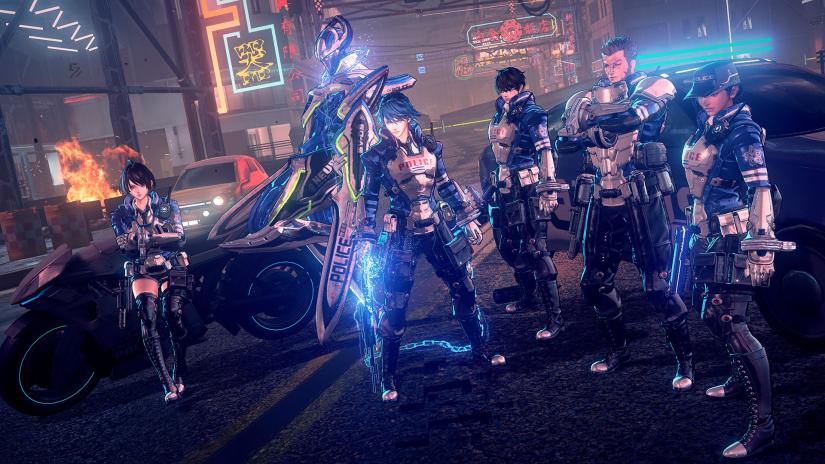

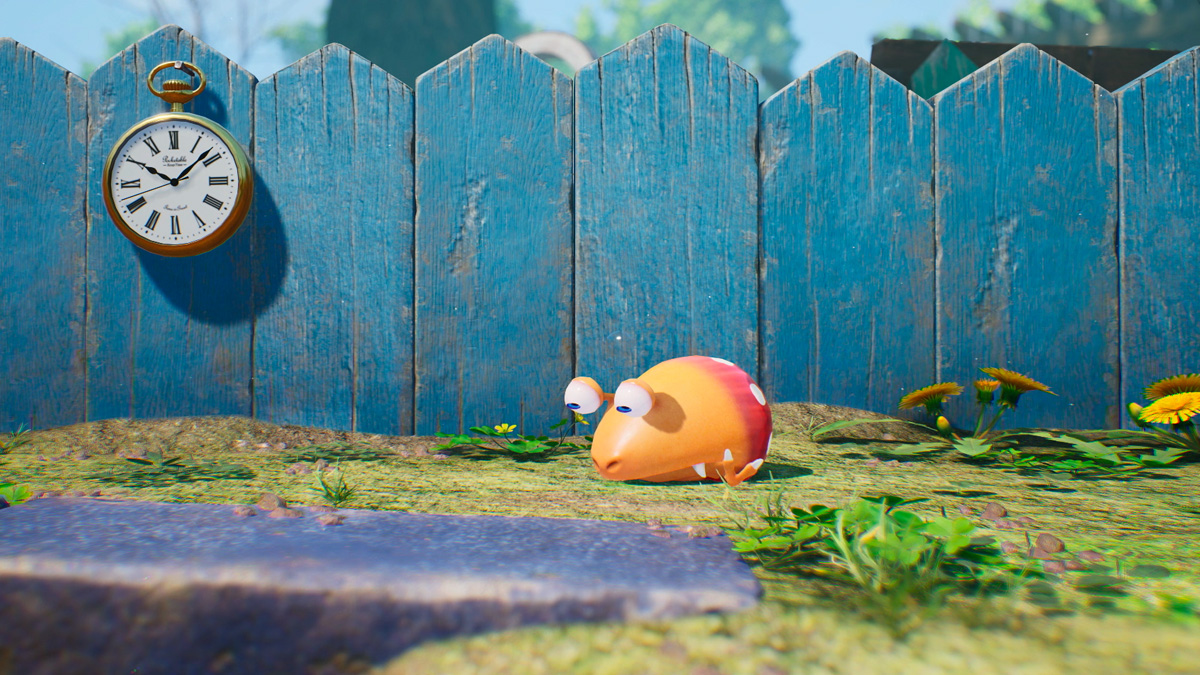

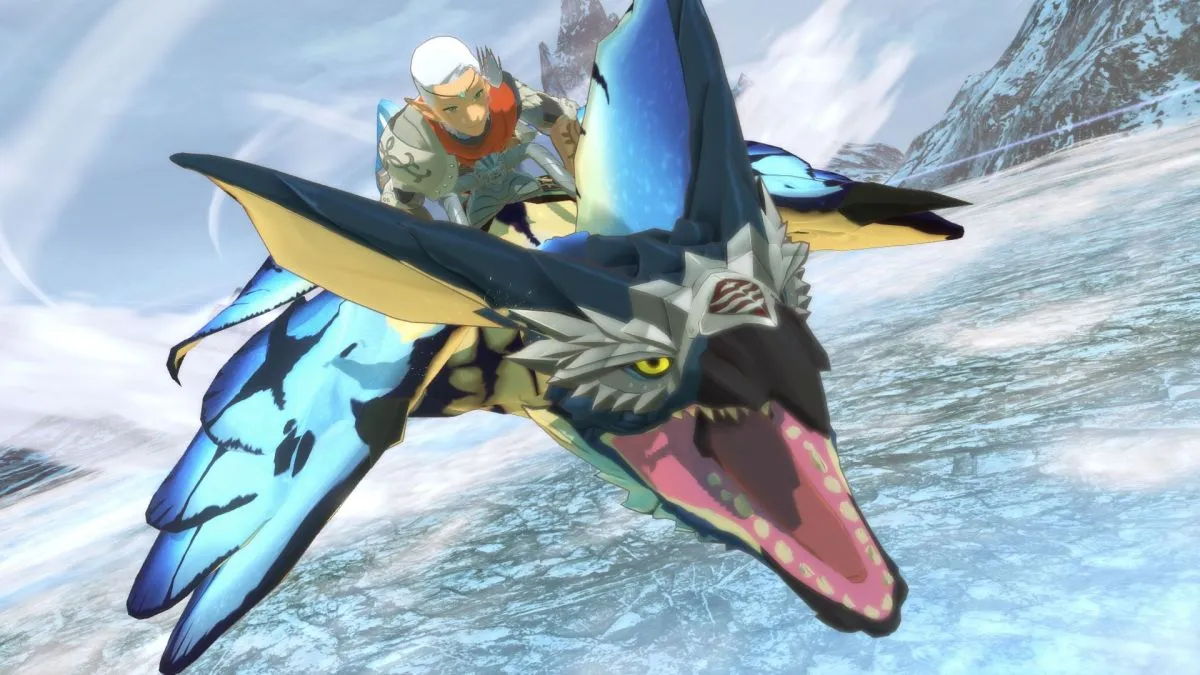
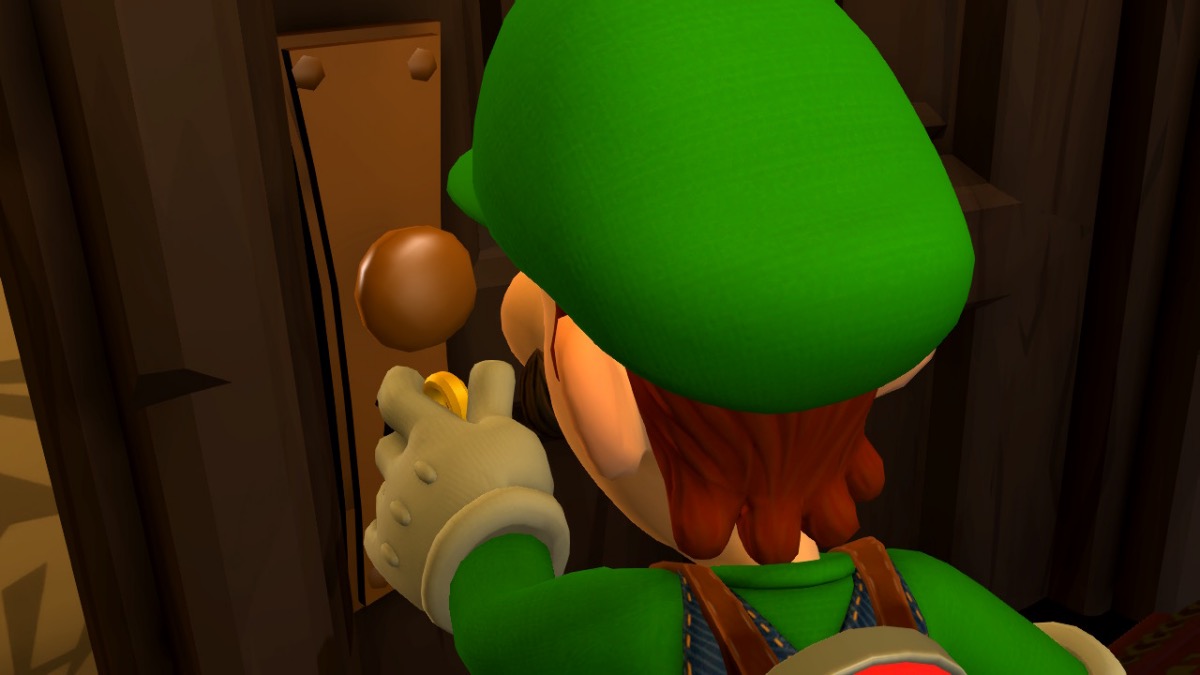

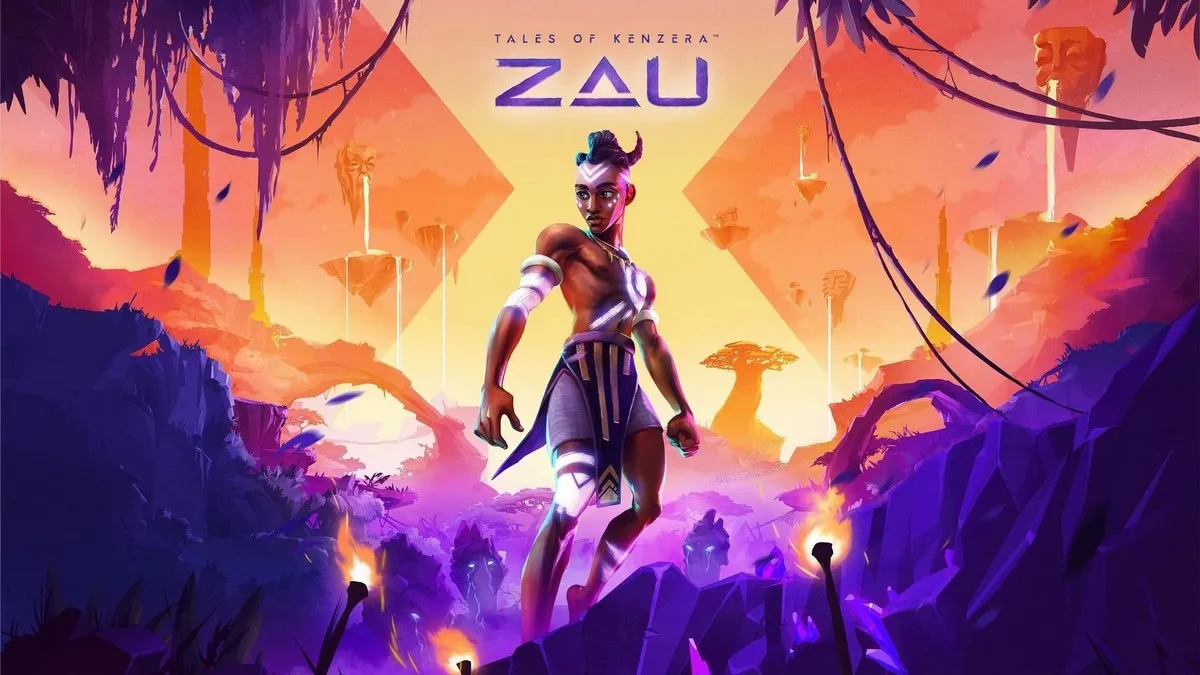



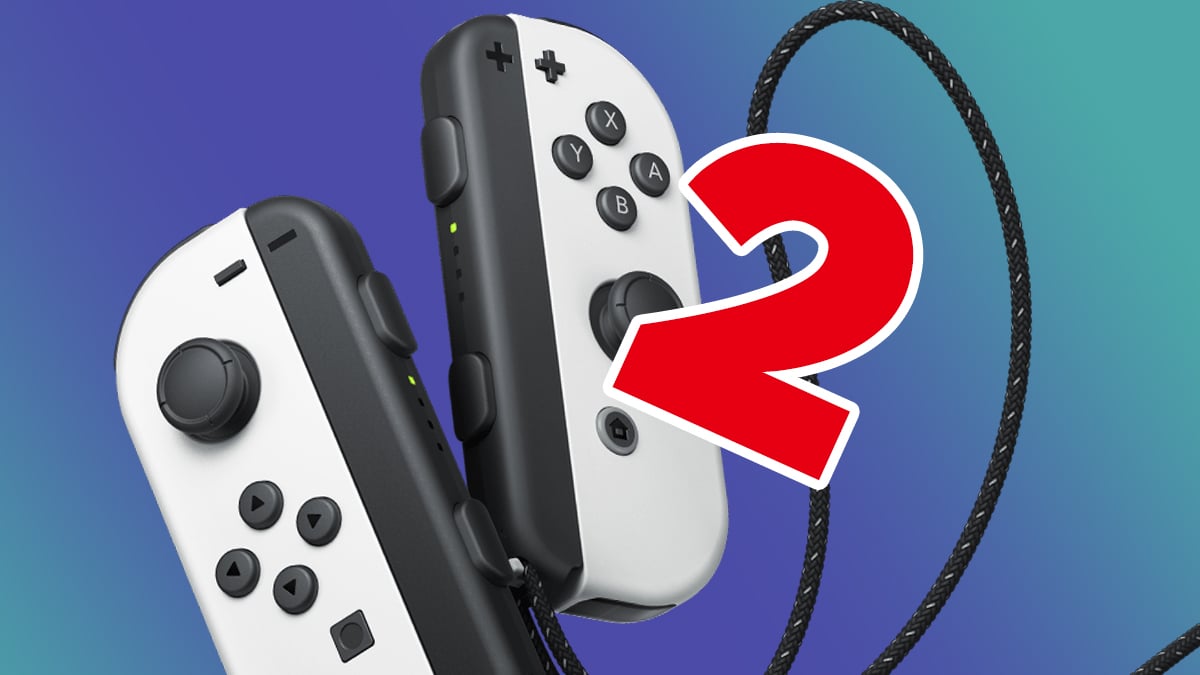

Updated: Aug 26, 2019 01:20 am